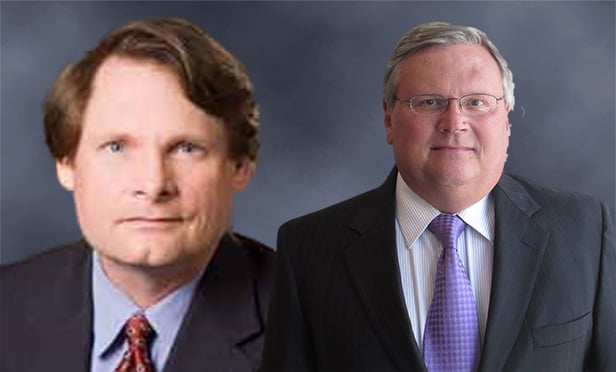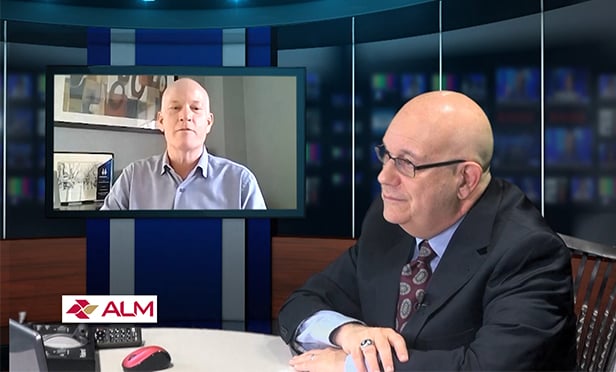RENY: How has corporate thinking about green energy and the environment begun to change?
Shapiro: When we started six years ago there wasn't as much acceptance of the ideas we were putting forth. There's basically been three phases. First, businesses and environmentalists were on opposite sides of the table. Businesses saw the environment as a cost and a problem—they'd comply with the law, but that was it. In the mid to late '90s, there was a new phase where progressive businesses said, "We need to go beyond that and be socially responsible." They were saying the right things but still didn't really see it as core to their business. Now, companies are saying, "Maybe this environmental, green stuff is actually a source of value to us." Not just savings but top-line growth. More and more businesses are looking at (going) "green" and saying we can differentiate ourselves and deepen relationships with our customers and investors. Look at Toyota, and the success of the Prius, a hybrid car that is certified as a Super Ultra Low Emission Vehicle. (Organic food retailer) Whole Foods is the fastest growing supermarket company in the country. Its stocks are trading at a huge premium. Ask Douglas Durst why he's building green buildings. He's aiming for the Bank of America Tower to be platinum LEED certified. It's leasing up quicker at a higher value because it will be the greenest building in the world.
RENY: What has your role been in developing the green features at the WTC?
Shapiro: We helped Silverstein come up with the response to the Lower Manhattan Development Corp.'s commercial sustainable design guidelines. Independently, I was on the LMDC's green advisory group and we came up with guidelines laying out rules for what the developers at the WTC site could do. People in the Downtown community were really concerned about air quality, so coming up with guidelines that were tough on the developer was necessary. To their credit, Silverstein Properties actually went beyond what the rules required. They recognized that the green features were a selling point and did things like create an initiative to use ultra low-sulfur diesel fuels in the construction equipment. As a result, the EPA gave an award to Silverstein.
RENY: So, how is 7 WTC more efficient than your average office tower?
Shapiro: RENY: Are you being consulted on the overall Trade Center development? Will the new towers be even greener than 7 WTC?
Shapiro: Our work at the World Trade Center ebbs and flows based on the development cycle. 7 World Trade is certified LEED gold and the question right now is whether the Freedom Tower should be LEED gold. They've said they're going to build to the same high standard but who knows exactly what that will mean in two or three years. You have to stay open-minded. We're optimistic that technologies like solar panels for electric will become more cost-competitive than they are today. We talked to some vendors and analyzed the possibility of doing solar at 7 World Trade but it just didn't work out. By the time the other buildings are built maybe those technologies will be viable. We looked at putting wind turbines on the Freedom Tower. Look at the symbolism of that. It could also stand for freedom from foreign oil and dependence on fossil fuel-burning sources of energy. The original design for the Freedom Tower had open latticework on the top, with 20 open stories, and that's where the turbines would have been. But when the design was changed because of security concerns, it didn't work out.
RENY: Green building seems like it's really taking off, but on major projects in savvy major cities like New York. Is it within the reach of smaller projects and smaller markets?
Shapiro: Things like new security systems always start with the most high-end buildings, then it trickles down in the marketplace, and other people demand it. As with any trend, green will filter down. Owners of B and C buildings have the most opportunity to gain immediately, because they have less efficient buildings. With a class A building built in the last 10 to 15 years, the truth is I can make it a little more efficient but not vastly more efficient. Buildings built up to code in the last 10 years are pretty efficient. If you have a smaller building built in the 50s, there's probably a ton of efficiency improvements you can make. You can invest $50,000 with an 18-month payback period and every year after that you save $25,000. It's an easy investment to make.
Continue Reading for Free
Register and gain access to:
- Breaking commercial real estate news and analysis, on-site and via our newsletters and custom alerts
- Educational webcasts, white papers, and ebooks from industry thought leaders
- Critical coverage of the property casualty insurance and financial advisory markets on our other ALM sites, PropertyCasualty360 and ThinkAdvisor
Already have an account? Sign In Now
© 2024 ALM Global, LLC, All Rights Reserved. Request academic re-use from www.copyright.com. All other uses, submit a request to [email protected]. For more information visit Asset & Logo Licensing.








